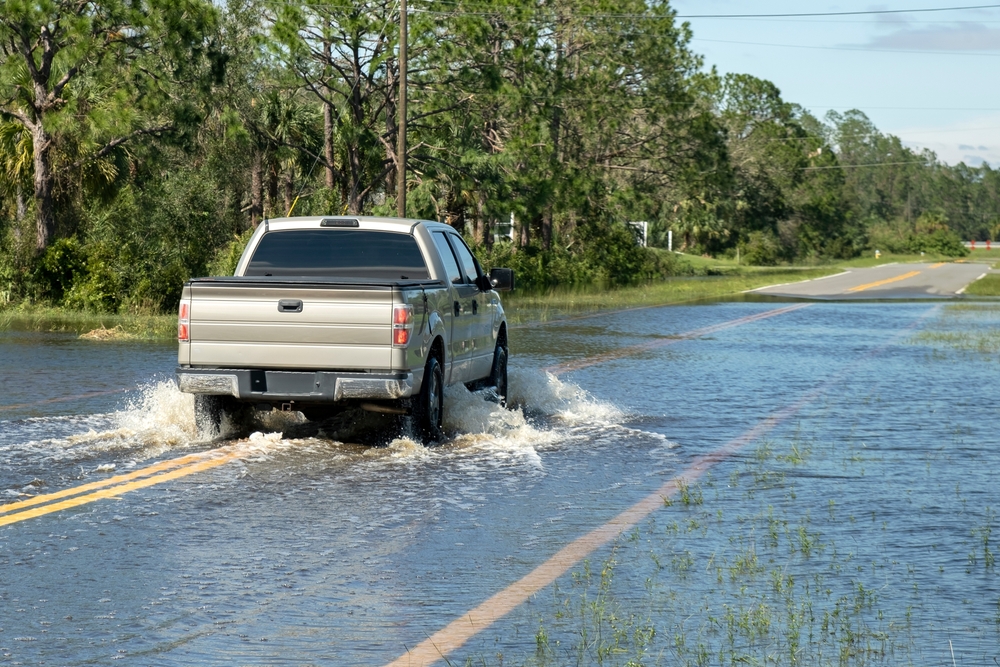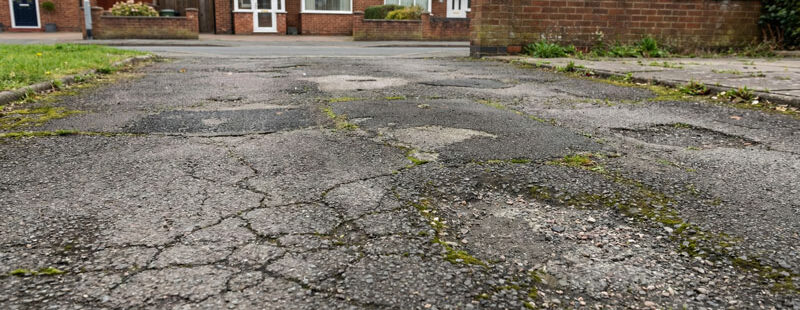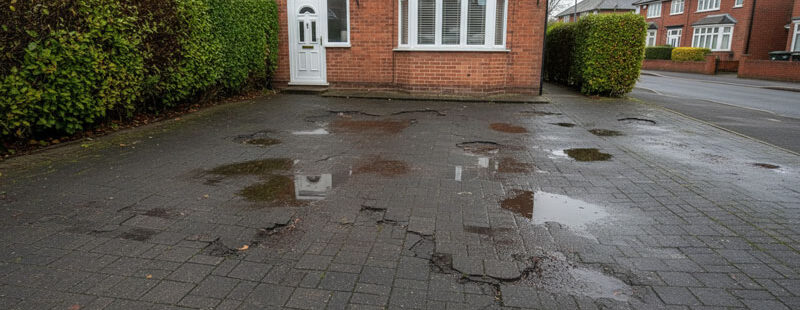
Drainage: The Key to Long-Lasting and Safe Roads
The Importance of Proper Road Drainage
Drainage plays a crucial role in ensuring road longevity and safety. When roads are designed and maintained with effective drainage systems, they are better equipped to withstand the elements and provide a safer driving experience for motorists. In this article, we will explore the various aspects of road drainage and how they contribute to the overall health and safety of our transportation infrastructure.
The Consequences of Poor Drainage
Inadequate drainage can lead to a host of problems for roads, including:
- Water pooling on the road surface
- Increased risk of hydroplaning for vehicles
- Accelerated deterioration of the road surface
- Potholes and other structural damage
- Erosion of the road base and surrounding soil

When water is allowed to accumulate on the road surface or seep into the underlying layers, it can cause significant damage over time. This damage not only compromises the integrity of the road but also poses serious safety risks for drivers.
The Components of an Effective Drainage System
To combat the negative effects of water on roads, a comprehensive drainage system is essential. Such a system typically includes:
1. Crowned road surface: Roads are designed with a slight slope from the center towards the edges to facilitate water runoff.
2. Ditches and channels: These structures are built alongside roads to collect and redirect water away from the road surface.
3. Culverts: Pipes or concrete structures that allow water to flow underneath the road, preventing accumulation on the surface.
4. Storm drains: Grated openings along the road that collect water and channel it into underground drainage systems.
5. Permeable surfaces: Some modern road designs incorporate permeable materials that allow water to pass through the surface and be absorbed into the ground below.
Maintaining Drainage Systems for Optimal Performance
Proper maintenance of drainage systems is just as important as their initial design and construction. Regular maintenance activities should include:
- Cleaning ditches and channels to remove debris and sediment buildup
- Inspecting and clearing culverts to ensure unobstructed water flow
- Repairing cracks and potholes in the road surface to prevent water infiltration
- Monitoring the performance of permeable surfaces and replacing them as needed
“Prevention is better than cure. Proactive road drainage maintenance saves money and ensures safer journeys for all.” – John Smith, Road Maintenance Expert
The Benefits of Investing in Proper Road Drainage
By prioritizing road drainage, transportation authorities can reap numerous benefits, such as:
- Extended road lifespan: Well-maintained drainage systems help roads last longer, reducing the need for frequent repairs and replacements.
- Improved safety: Adequate drainage reduces the risk of accidents caused by water-related hazards like hydroplaning and potholes.
- Cost savings: Investing in proactive drainage maintenance can save significant costs compared to reactive repairs and reconstruction.
- Environmental protection: Effective drainage systems help prevent erosion and minimize the impact of road runoff on surrounding ecosystems.
Conclusion
The role of drainage in road longevity and safety cannot be overstated. By designing, constructing, and maintaining comprehensive drainage systems, we can ensure that our roads remain durable, safe, and reliable for years to come. Transportation authorities and stakeholders must prioritize drainage as a key component of road infrastructure planning and management to reap the numerous benefits it offers. Through proactive maintenance and innovative design solutions, we can build a transportation network that withstands the test of time and provides a safer experience for all who travel upon it.





